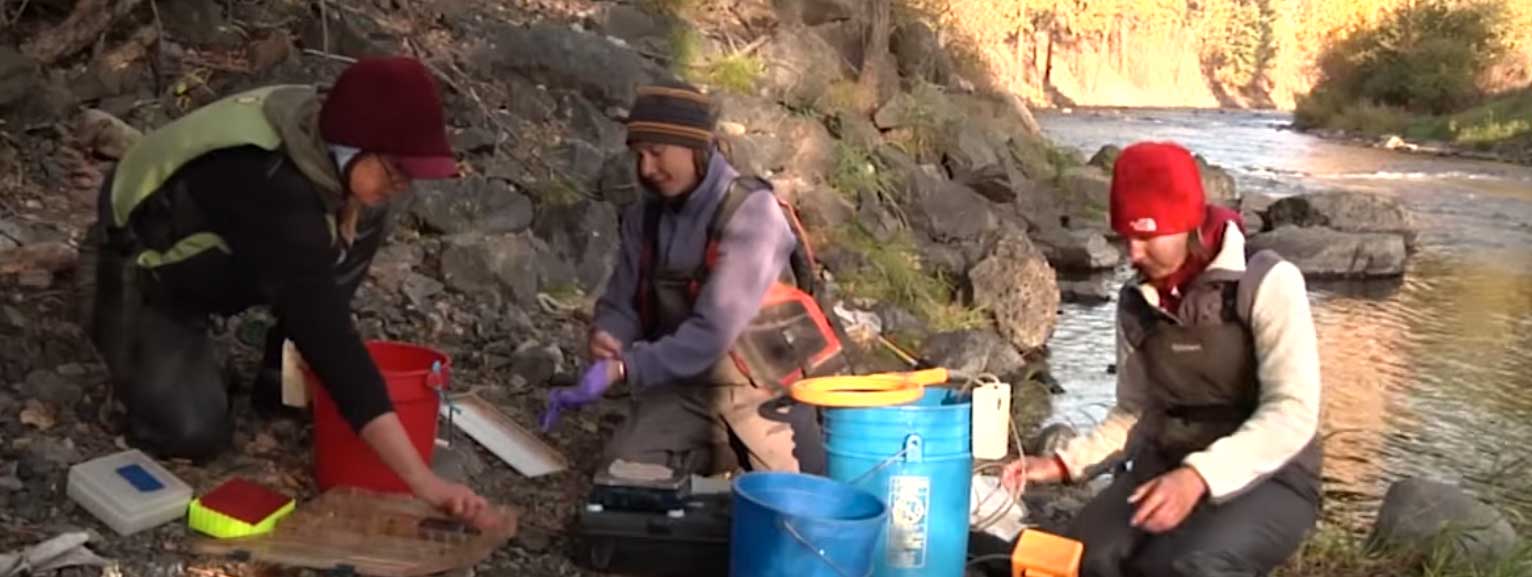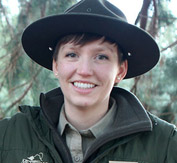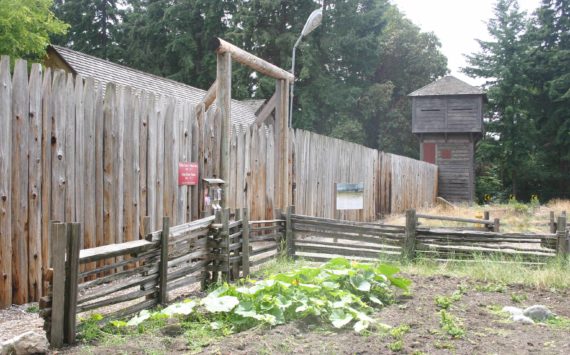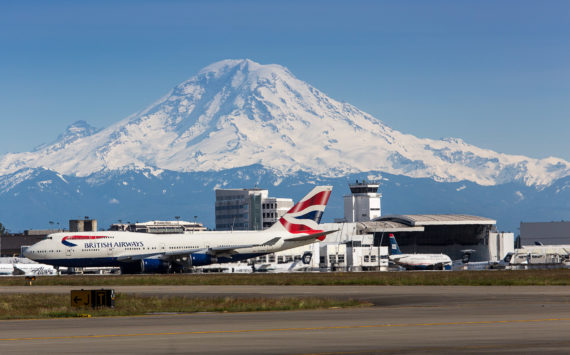Pierce County projects receive $877,000 for salmon habitat restoration on area rivers
OLYMPIA – The Washington Salmon Recovery Funding Board Friday announced the award of $14.6 million in grants for projects to restore salmon habitat, including nearly $877,000 for Pierce County, in an effort to bring the iconic fish back from the brink of extinction.
The Salmon Recovery Funding Board awarded grants to organizations in 26 counties for 77 projects. The grants will be used to remove barriers that prevent salmon from migrating, increase the types and amount of habitat for salmon, conserve pristine areas and replant riverbanks so there are more places for salmon to spawn, feed, rest, hide from predators and transition from freshwater to saltwater and back again.
“We are committed to restoring salmon and these grants are important to stopping their decline around the state,” said David Troutt, chair of the Salmon Recovery Funding Board. “After nearly 20 years of working on this issue, we know what works. Local communities are using this state and federal money, matching it with their own and restoring the places salmon live. The work they are doing also is reducing flooding, improving water quality and keeping water in the rivers for salmon and all other fish. This is important work – work worth doing.”
Projects are selected by lead entities, which are watershed-based groups that include tribes, local governments, nonprofit organizations and citizens. Lead entities recruit projects and sponsors, make sure the projects are based on regional salmon recovery plans approved by the federal government and prioritize which projects to submit to the Salmon Recovery Funding Board for funding. Then, regional salmon recovery organizations and the Salmon Recovery Funding Board review each project to ensure they will help recover salmon in the most cost-effective manner.
“Projects go through a very rigorous process to ensure that local communities support them and to be sure they are scientifically valid and cost-effective,” said Kaleen Cottingham, director of the Washington State Recreation and Conservation Office, which administers the grants. “This is a bottom-up approach based on regional recovery plans with checks and balances to ensure we invest the money very wisely.”
Salmon populations in Washington have been declining for generations. As Washington grew and built its cities and towns, it destroyed many of the places salmon need to live. In 1991, the federal government declared the first salmon as endangered. By the end of that decade, salmon populations had dwindled so much that salmon and bull trout were listed as threatened or endangered in three-quarters of the state. Those listings set off a series of activities including the formation of the Salmon Recovery Funding Board to oversee the investment of state and federal funds for salmon recovery.
Funding for the grants comes from the sale of state bonds authorized by the Legislature and from the federal Pacific Coastal Salmon Recovery Fund, administered by the National Oceanic and Atmospheric Administration’s National Marine Fisheries Service.
Information about the Salmon Recovery Funding Board and the Recreation and Conservation Office is available online at www.rco.wa.gov.
List of grants: www.rco.wa.gov/documents/salmon/2016SalmonGrantAwardDescriptionsbyCounty.pdf
Pierce County grants
Nisqually Land Trust Grant , $123,178, conserving Middle Ohop Creek – The Nisqually Land Trust will use this grant to buy 32 acres along Ohop Creek, one of the two main tributaries to the Nisqually River.
Puyallup Tribe of Indians Grant, $58,825, assessing the condition of wild salmon in the Puyallup River – The Puyallup Tribe of Indians will use this grant to assess the health and condition of wild salmon in the Puyallup River. Scientists will collect and analyze data on the abundance, run timing, size, and other biological characteristics of Puget Sound Chinook salmon, which are listed as threatened with extinction under the federal Endangered Species Act, of Puget Sound steelhead, which are proposed for listing, and of bull trout.
South Puget Sound Salmon Enhancement Group Grant, $349,979, restoring South Prairie Creek – The South Puget Sound Salmon Enhancement Group and partners will use this grant to restore .6 mile of South Prairie Creek and its floodplain, east of Orting.
South Puget Sound Salmon Enhancement Group Grant , $180,000, restoring the Mashel River – The South Puget Sound Salmon Enhancement Group and partners will use this grant to continue implementing the third phase of a decade-long restoration effort to improve salmon habitat in the Mashel River, near Eatonville. In the third phase, the team will install engineered logjams and wood crib walls in the river, reconnect a side channel, and plant about 5 acres of shoreline.
Wild Fish Conservancy Grant, $165,000, assessing Gig Harbor peninsula streams – The Wild Fish Conservancy will use this grant to ground truth and correct water type classification maps in at least six watersheds that drain the Gig Harbor peninsula.
– Washington State Recreation and Conservation Office








